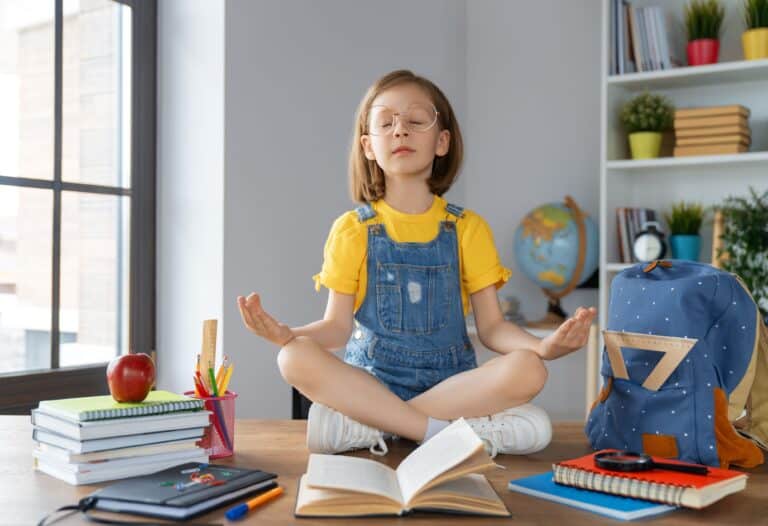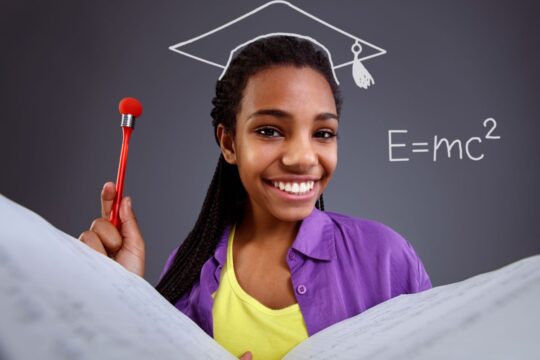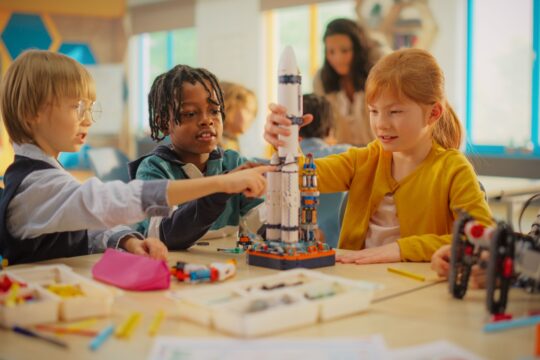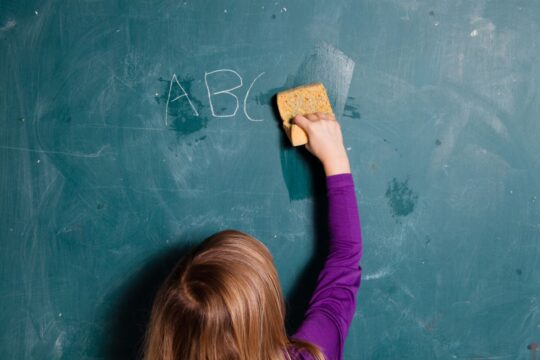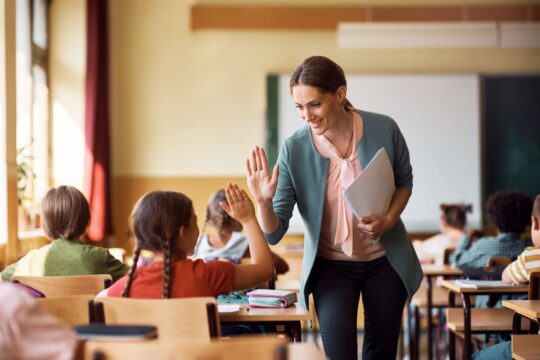Some days, your classroom feels like a whirlwind of energy—whether it’s excitement over a special event, frustration from a tough lesson, or a case of the giggles that just won’t stop. Managing these emotions in a way that keeps learning on track (without feeling like you’re constantly putting out fires) is essential.
One of the most challenging times for this is during transitions, especially right after lunch or recess. Students return buzzing with energy, and the classroom can quickly become chaotic.
While structured routines help students know what’s expected when they return from these specials, even the most organized classrooms can struggle with students who are still wound up and having a hard time settling down.
The key to calming your students and refocusing them on learning as an educator is to create engaging tasks they look forward to after transitions. Here are a few ideas.
Calm Classroom Strategies
Read Aloud a Book
Nothing quiets a room like a well-timed read-aloud. Even upper elementary and middle school students can be drawn in by a good story. This is the perfect time to dim the lights and have students settle in on the carpet or put their heads down on their desks while you read to them.
A calming read-aloud is a strategy many teachers use, and it’s something students genuinely look forward to. This peaceful, quiet moment is an experience that will stay with them for years.
Just make sure you’re reading a book that interests all students. You can have them vote for a book each week, so everyone is engaged and invested in the story.
Student Journals
Scheduling some private journal time after recess or lunch can work wonders. Let students spread out anywhere in the classroom as long as they’re sitting quietly and away from distractions. Then, give them time to freely write in their journals.
To avoid the constant “What should I write about?” questions, have students bring in pictures at the beginning of the year to glue into the front of their journals for inspiration.
You can also type up a list of writing prompts for them to glue inside their journals in case they get stuck. Writing has a calming effect on kids, so this activity will help them settle down in just a few minutes.
Movement Breaks: Controlled, Not Chaotic
Forcing students to sit still when they have excess energy can backfire, so instead, try controlled movement to help them reset.
A quick stretching sequence (reach for the sky, touch your toes, roll your shoulders), chair push-ups, or wall pushes can provide a physical outlet without disrupting the classroom.
If energy levels are still too high, a walk-and-talk around the room while discussing a topic can help students refocus.
Another great option is classroom yoga, which promotes relaxation and improves concentration. Simple poses like child’s pose, where students sit on their feet and rest their forehead on the floor while extending their arms, can help them reset through deep breathing.
Other calming poses like Sleeping Beauty Pose, Downward-Facing Dog, and Tree Pose can bring balance and focus back to the room. Movement doesn’t have to be chaotic when done with intention, it helps students regulate their energy and transition smoothly into learning.
The 5-4-3-2-1 Grounding Technique
For students who are feeling anxious, overwhelmed, or even just overly hyped up, grounding exercises can help bring them back to the present moment:
- 5 things they can see
- 4 things they can touch
- 3 things they can hear
- 2 things they can smell
- 1 thing they can taste
This strategy helps refocus their attention on their surroundings rather than their emotions. It works well for individual students who need help calming down and can also be done as a class-wide reset.
Brain Breaks
A five-minute brain break is the perfect transition after recess or lunch. While some brain breaks are designed to help students release energy, others are meant to calm them down. Go Noodle is a great resource that offers both energetic and calming brain breaks. Some of their relaxation-focused categories include:
- Rainbow Breathe
- Weather the Storm
- Find Peace
- Let It Go
These short activities help students regulate their emotions and refocus for the next lesson.
Limit the Number of Students Entering the Classroom
When students come back from gym, recess, or lunch all at once, it can create instant chaos. Instead of letting all twenty-something students flood in at the same time, try staggering their entry.
Have small groups take turns getting a drink from the water fountain or their water bottles before entering the room. If you let in five students at a time instead of twenty-five, you’ll drastically reduce the noise and movement, making it much easier to maintain a calm environment.
The “Special Task” Strategy
Some students struggle more than others with emotional regulation, and they often benefit from having a job to focus on. When you notice a student getting worked up, assign them a special task: such as passing out papers, organizing a bookshelf, erasing the board, or delivering a note to the office. Giving students a sense of purpose shifts their focus from their emotions to the task at hand.
Silent Signals and Nonverbal Cues
Instead of battling noise with more noise, train your students to respond to silent signals:
- Hand signals – Teach students that a raised hand means it’s time to listen, or use a “time-out” hand signal to encourage self-regulation.
- Call-and-response claps – You clap a pattern, and students repeat it back, drawing their focus to you without shouting over them.
- Lights off = Immediate silence – A quick flick of the lights can be a powerful cue for students to pause and reset.
By using nonverbal cues consistently, students will naturally start responding without you having to repeatedly ask for their attention.
The key to calming your students down isn’t about controlling them, it’s about guiding them back to a regulated state in a way that’s natural and effective.
Whether it’s reading a book, writing in a journal, taking movement breaks, practicing mindfulness, or simple nonverbal cues, the right strategies can make all the difference in maintaining a smooth, positive classroom environment.
Educators never stop learning; check out our available graduate degree programs to hone your skills and promote lifelong learning and academic excellence.
